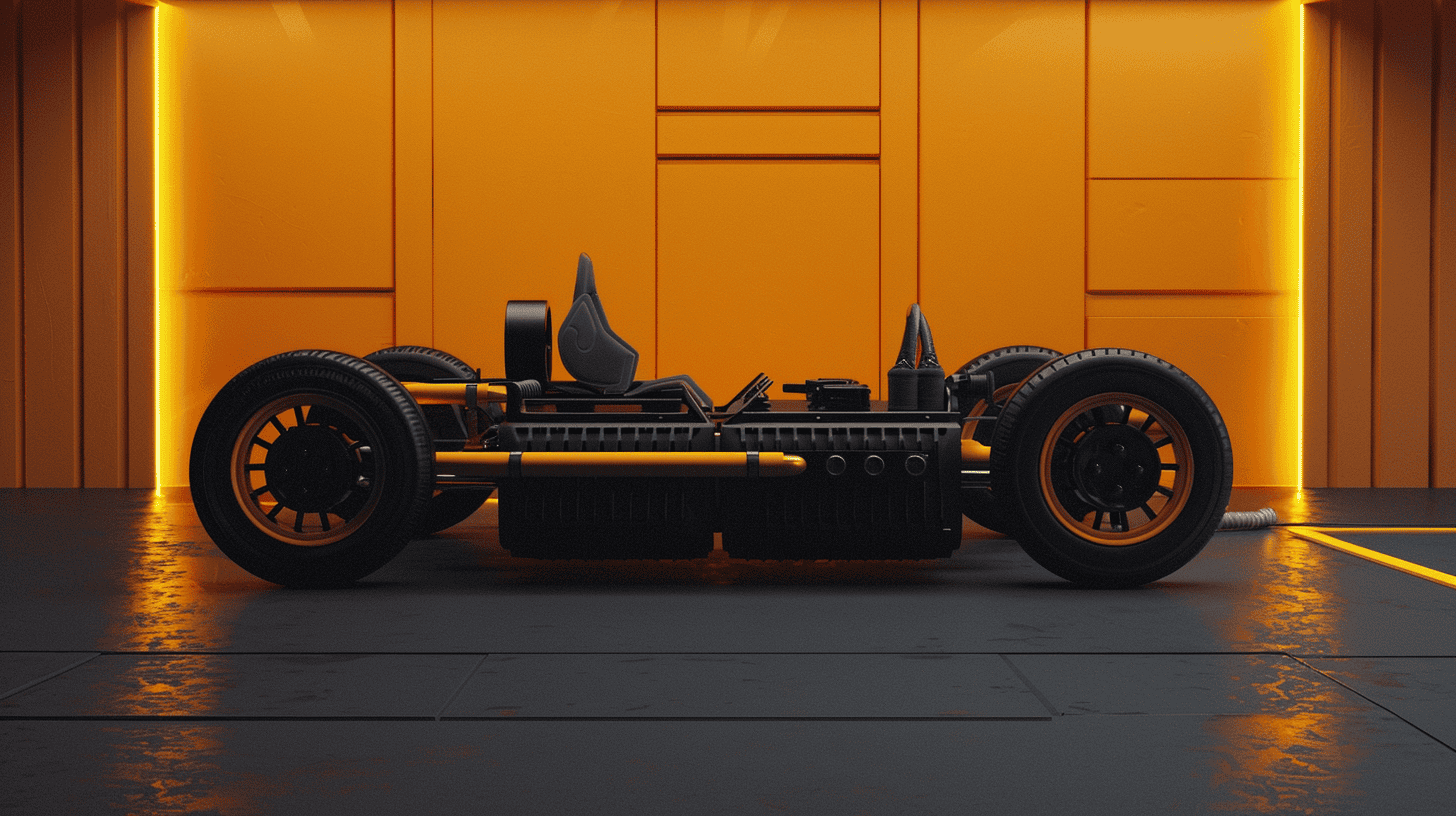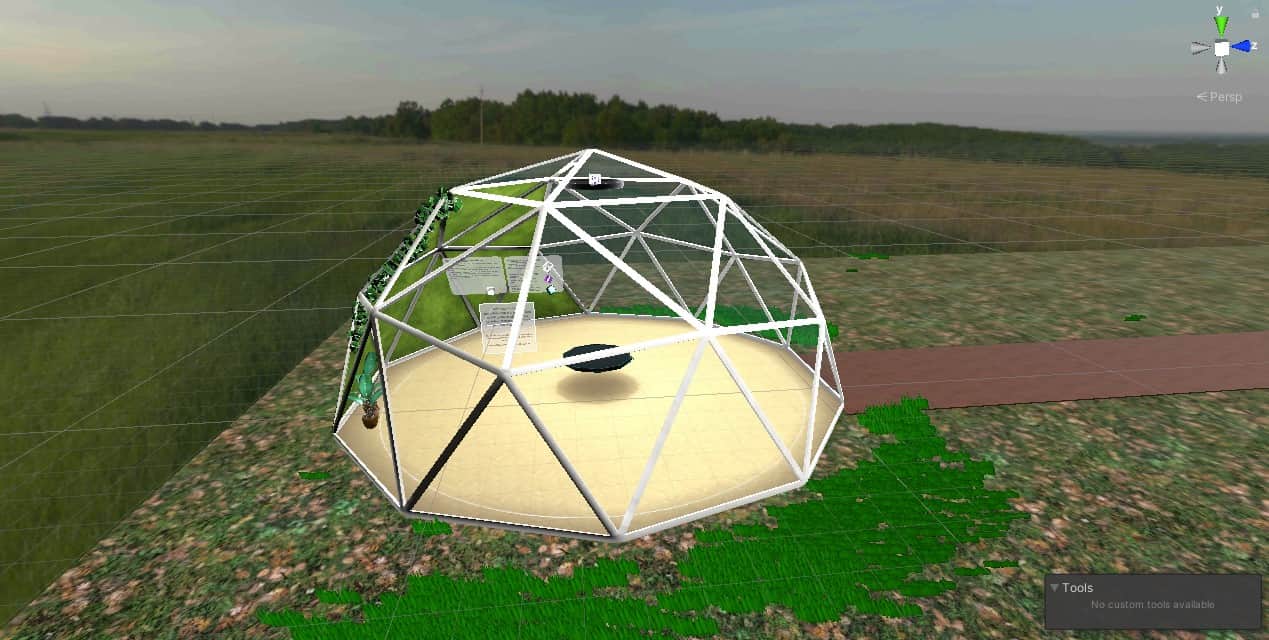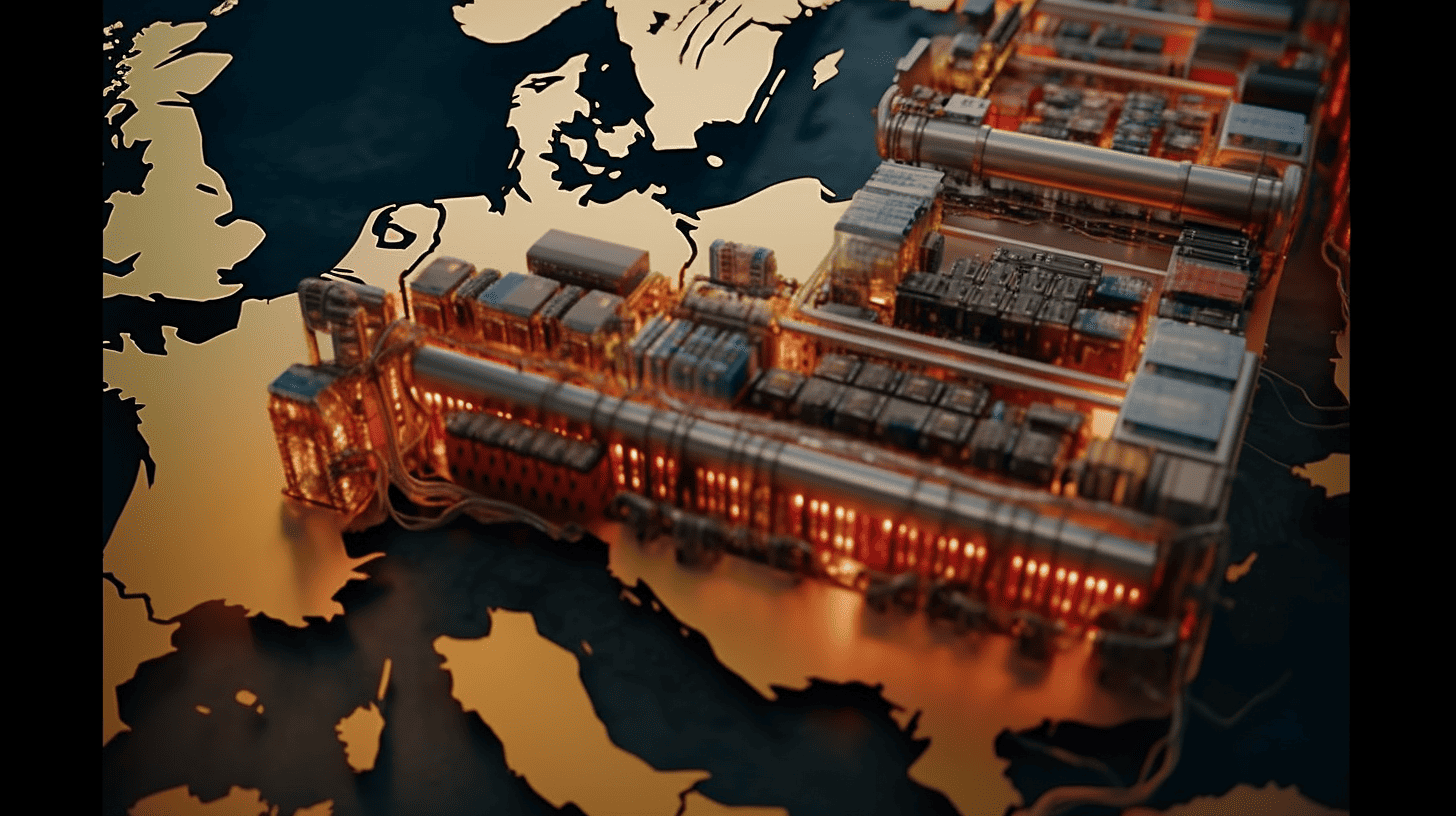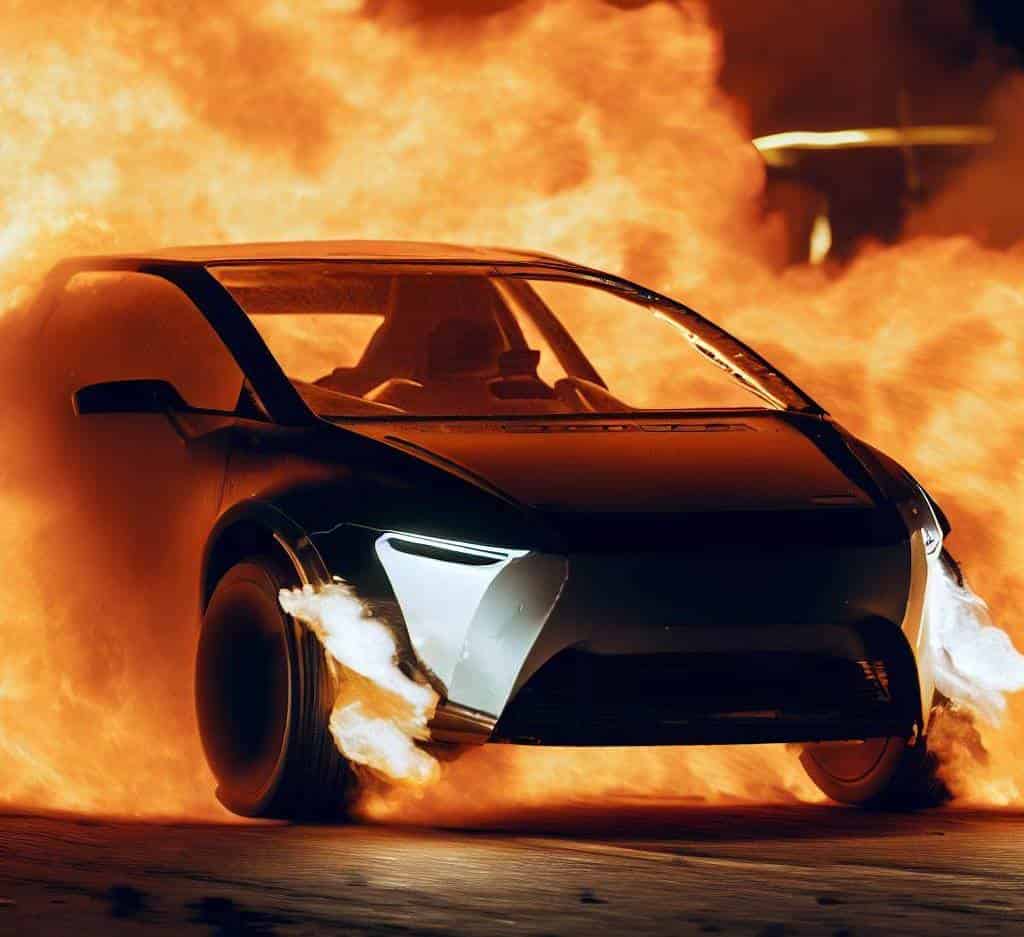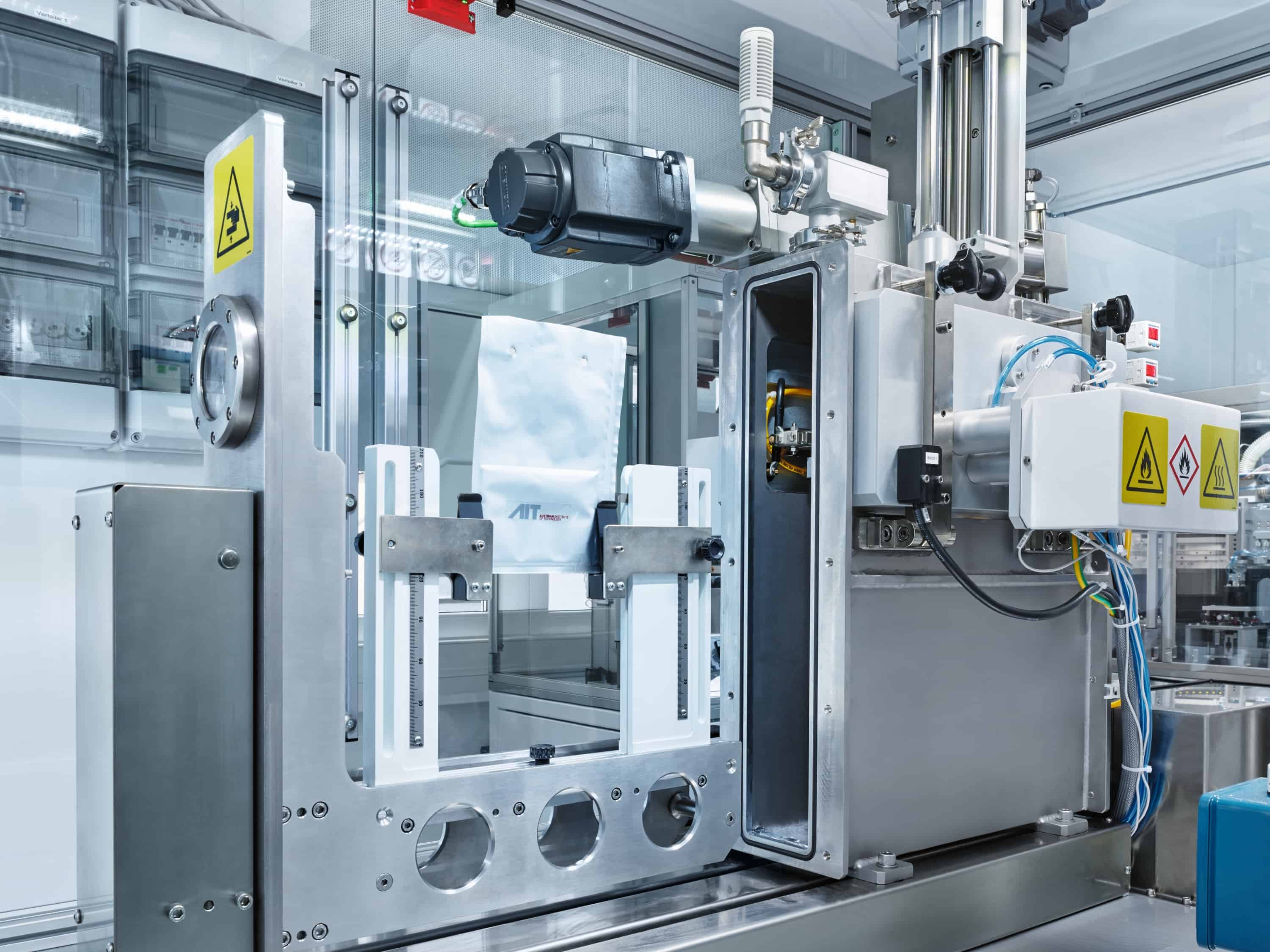
Electric vehicles are much more energy-efficient than those with combustion engines. But there is still something that separates us from a climate-friendly future for the transport sector: the production of cathodes for battery cells that power e-vehicles is enormously energy-intensive. Plus, toxic solvents are involved in their manufacture. In the BatWoMan project, a European research consortium now wants to tackle this challenge. The project involves the AIT Austrian Institute of Technology, in Vienna, Austria; the Karlsruhe Institute of Technology, Karlsruhe, Germany; Fundació CIDETEC, San Sebastián, Spain; Matthews International, Pittsburgh, PA, U.S.; the University of Duisburg-Essen, Germany; and the RISE Research Institutes of Sweden. The project seeks to develop a sustainable cell production process chain and bring it to market maturity in cooperation with renowned industrial partners.
The project is coordinated by Katja Fröhlich from the AIT Austrian Institute of Technology in Vienna, where she heads the Sustainable and Smart Battery Manufacturing research field. In an interview with Innovation Origins, she talks about the challenges.

What is the problem with current production processes?
Currently, the entire cell assembly process takes place in a protected atmosphere. Among other things, the temperature and humidity content of the air must be kept constant. That is enormously energy-intensive. Even in our comparatively small research room, about 7,000 cubic meters of air are circulated per hour. Drying is done electrically or with gas to maintain a dew point of minus 40 to 60 degrees. In addition, a cooling unit is needed to keep the room temperature constant all year round.
In common manufacturing processes, the cathodes are processed with toxic solvents and several drying steps are necessary. We want to replace the toxic solvents largely with water and significantly reduce the need for drying. That’s what we’re doing in the project.

How is the BatWoMan project structured?
We are working with highly viscous slurries, so-called anode and cathode slurries, which make it possible to incorporate drying already in the compacting of the electrodes.
After compacting, the electrodes are structured, which is why we speak of 3D-structured electrodes. The effect is that not only can the electrolyte filling be done faster and more efficiently, but also with less electrolyte. This saves costs and represents a new, innovative production process.
Since we produce the electrodes on a water basis, we assume that all individual steps must no longer be carried out in a protected atmosphere. If it were just the electrolyte filling and compacting that had to be done in a protected atmosphere and the finished cell stack could be simply dried in a drying unit, then we would already save a lot of energy in this process.
Electrolyte filling is then followed by formation, which is when the anode and cathode first come into contact. This process is based on very low currents and is therefore lengthy. Sometimes gases are also produced that have to be extracted. In addition, the space required is large, amounting to about 30 percent of the total production area. This is a process that we want to optimize with machine approaches in the BatWoMan project.
In the project, the sustainable production of battery cells will be digitally supported by an AI-based platform. To what extent can this have a supporting effect?
We are focusing on mobility applications and this involves both recycling and reuse. For both cases, it is essential that relevant cell construction processes be stored and read out later. This provides information about the charging and health status of the battery cells. In addition, the energy data of the battery is stored in this Battery Data Space, so that the actual CO2 footprint of the cell can be read at the end of production. This enables manufacturers to make their production processes more energy-efficient.
The increasingly differentiated automotive sector also speaks in favor of such a platform on which the requirements for a traction battery for a small family car differ from those for a sports car or minibus. It will be possible to decide between criteria such as low cost, long range or rapid provision of a lot of energy. These are also requirements that can be mapped in parameters on such a platform.
What are the relevant parameters for recycling companies?
Sometimes you can’t even tell from the outside what the main components of a lithium-ion battery are. But if you know the materials, you can optimize the separation. Different energy storage systems contain different types of materials, and recycling also requires energy input and incurs costs. To gauge the extent to which a recycling process makes sense, we also need data such as the thickness of the electrodes and their material composition. If energy storage devices contain cobalt, nickel, or manganese, for example, then these materials should be separated before the recycling process begins.
Who should have access to this battery data apace?
There are efforts to develop a European or even global battery passport. The responsible organizations are interested in how the platform we have developed can be integrated at that level. Of course, we are also the contact for this. In the end, these regulations will determine who gets access to what information.
The BatWoMan project is intended to ensure that the platform is available when the regulation comes into effect. In the project, we are looking at what kind of data space is needed and how to implement it. Then we’ll create the platform and investigate what data can be read and how. Since storing data has an energy input and cost, we are also looking at how to do it as efficiently as possible.
The results should promote the European production of battery cells. To what extent is this already in place?
Currently, most production takes place in Asia, especially in China, where until recently more than 80 percent of the world’s battery cells were manufactured. In recent months, however, many European production facilities have been announced by both European and Asian manufacturers. European cell production facilities are looking to focus heavily on sustainable production methods.
Is production in Europe competitive?
This must be seen from a sustainability and quality perspective. In conventional battery cell production, for example, there is a high proportion of rejects. If quality standards were high, this proportion could be reduced and some savings could be achieved. If recycling options are planned from the outset, then at least the company’s own materials could be returned to the cycle. Plus, the production of battery cells in Europe is also a question of the value chain. Some materials can be sourced in Europe and some are tied to the Asian market. These are things you must consider before you can answer this question conclusively.
Title photo: The drying room at the AIT Austrian Institute of Technology (c) AIT – Lang




